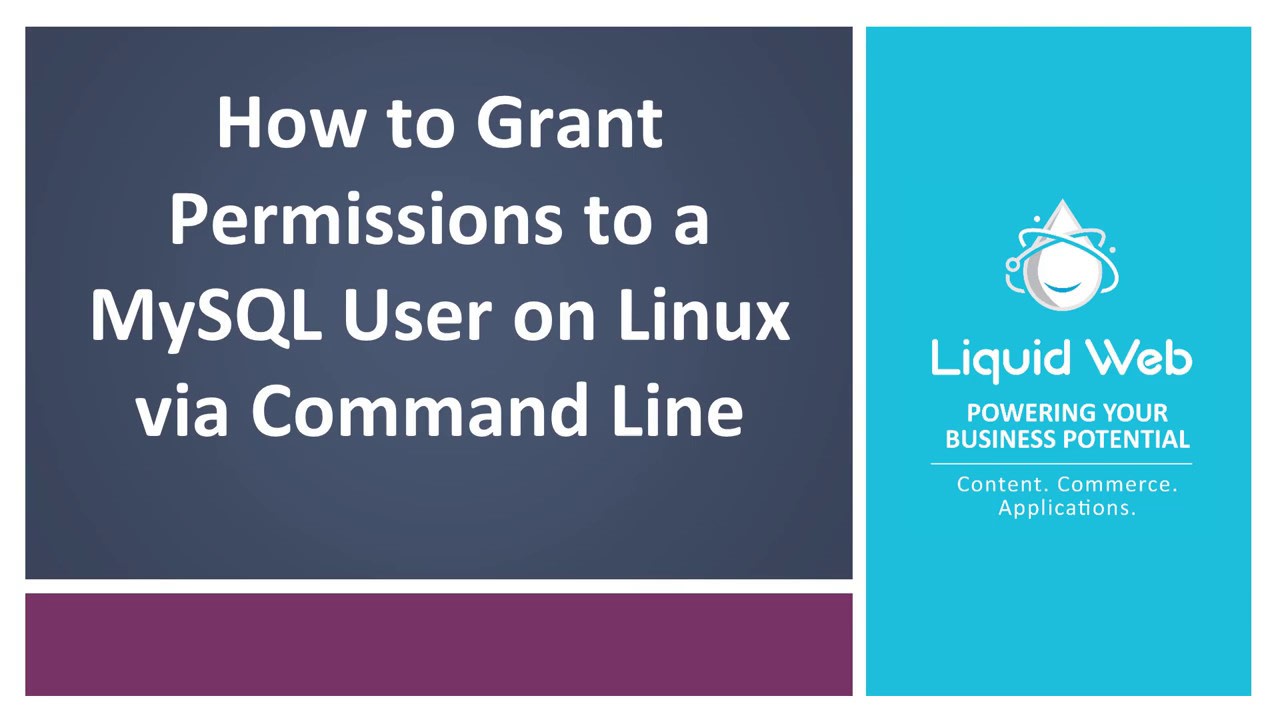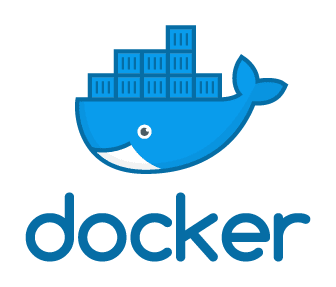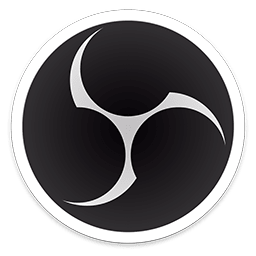Category: Tutorials
The Liquid Web knowledgebase provides information on thousands of topics surrounding every aspect of hosting, Linux, Windows, and countless other article types that help boost your Liquid Web experience!
How to Install and Use Containerization
What is Containerization?
Containerization is a form of virtualized operating system developed as a response to the many problems of hardware-level virtualization. Because the latter runs a full-blown guest operating system, it is very resource-intensive and incurs a significant amount of overhead, but containerization is much lighter. Since the containers share the host machine’s kernel, the resources are not wasted on running separate operating system tasks. This allows for a much quicker and lightweight deployment of applications.
Renaming Database Tables with PhpMyAdmin
Renaming a table within a database is a task that may need to be done occasionally. You might just need to rename it for clarification purposes, to archive old data, to make a copy when a restore is being done, or any number of other reasons. PhpMyAdmin helps you rename a database quickly with just a few clicks.
Grant Permissions to a MySQL User on Linux via Command Line
MySQL via Command Line 101: Basic Database Interaction
Preflight Check
- These instructions are intended for granting a MySQL user permissions on Linux via the command line
- I’ll be working from a Liquid Web Core Managed CentOS 6.5 server, and I'll be logged in as root.

Login to MySQL
First we'll log in to the MySQL server from the command line with the following command:
How to Uninstall Software in Ubuntu 18.04
Introduction
In this tutorial, we will demonstrate how to quickly and easily uninstall software from Ubuntu. Uninstalling software can be done using several techniques. In this article, we will show you how to uninstall software using these various methods.
Docker For Beginners
What is Docker?

Docker is a containerization software that is used for automating the deployment and management of applications within an isolated environment. This software allows us to "pack" and ship an application, along with all of its needed files, libraries, and dependencies, into a "docker container". That container can then be easily ported to any Linux system that contain cgroups support within the kernel, and provides a container management environment. Docker is one of several containerization implementations (not to be confused with virtualization) based on this cgroups mechanisms built into the Linux kernel.
How to Install Yarn on Windows
What is Yarn?
Yarn is an alternative npm-client used for working with JavaScript as a package manager that was developed by the Facebook team. It also allows us to share code with other developers around the world and use solutions from other developers. The code itself is distributed via packages, sometimes referred to as modules. The package contains a .package.json file which describes the contents, as well as all the associated distributed code. In comparison with npm, Yarn is considered to be a better alternative and surpasses NPM in the following parameters:
How to Install OBS on Linux, Windows and MacOS
What is OBS?

OBS (Open Broadcaster Software) is a free and open-source video recording and livestreaming software program that is written in C, C ++, and Qt and developed by the OBS project and a community of independent developers. It is mainly used for streaming and recording videos. It supports a wide range of plugins to extend the functionality of the program.
How to Install and Correct Dependencies Issues in Ubuntu
What is a Dependency?
A dependency is defined as a file, component, or software package that a program needs to work correctly. Almost every software package we install depends on another piece of code or software to work as expected. Because the overall theme of Linux has always been to have a program do one specific thing, and do it well, many software titles utilize other pieces of software to run correctly.
Exporting Databases and Tables with PhpMyAdmin
Using PhpMyAdmin to export a database or table is a great way to make a backup you can save locally, or it can help you with transferring that information to another server quickly. A few simple steps can be a powerful tool to help you and your business. We will go over exporting all databases at once, a single database, and exporting a single table. This guide assumes that you have already logged in to PhpMyAdmin.
How to Install Minikube On CentOS, Mac and Windows
What Is Minikube?
Minikube is the name of a software program written in Go, which can build a local Kubernetes cluster on a single host. It uses a meager amount of resources to run a mini Kubernetes deployment. Minikube is mainly used for testing purposes using different scenarios or versions of Kubernetes
Our Sales and Support teams are available 24 hours by phone or e-mail to assist.

